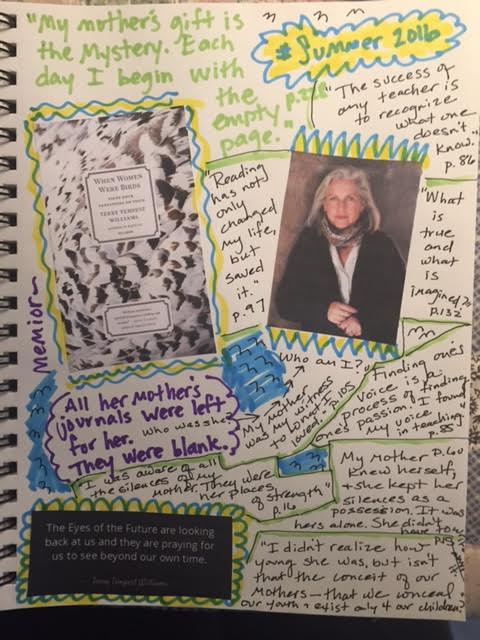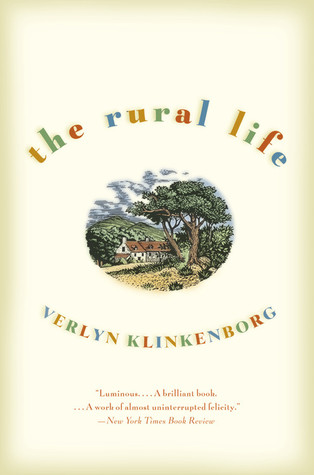
image from Death the Kid
Homework.
Ugh.
Just thinking about homework brings me dread.
And, I’m the teacher.
I’m taking some time to rethink how we “do” homework in my third grade classroom. The math home links, worksheets, correcting, papers all over the place. Let’s be honest. In the elementary classroom, we should not be spending instructional time going over homework papers every day. There are not enough minutes in the day. If you are like me, homework gets turned in and piles up. Not good, I confess.
Homework is a hot topic right now with all the research now surfacing about its lack of benefits. Especially, in elementary school. Google research for or against it and you’ll find both, but current research is stating that it doesn’t help in achievement.
But, like everything else, this is not one of those all or nothing concepts. I don’t believe homework is either good or bad. It can be both. And, it depends. I hesitate to throw it all out based upon the idea that “research doesn’t support it”.
Here is what research does not support:
*mindless worksheets of 30 problems focused on the same concept (double-digit addition, grammar sheets, long division, writing the same spelling words over and over)
*concepts that students have not been taught in class
*a large amount of homework, especially for elementary students
I know that the prescribed home links that come with our provided curriculum series in both reading and math are too much. An 8-year-old should not have to spend an hour on a math home link. Yes, we have spelling words and math facts and yes, these are simple practices that students could practice at home with parents. Perhaps this is all the homework requirements a third graders should have – along with reading – for pleasure.
I don’t know. I wonder more than I actually know.
As a parent, although my four children are all grown and out in the world, but when they were in school, I liked to have an idea of how they were doing in school. Observing how they performed on their homework was one way of monitoring that.
As a teacher, I do not use many worksheets in my classroom so papers do not fly home every night that blare, “See what I did!” We use an app on our ipads called SeeSaw where students can take photos of their accomplishments during the day and parents can peek in on this.
As a parent, I know how busy home life is. There are sports and parents working nights and daycare and meals and for Pete’s sake, kids just need to play and parents need to have the time to play with them. But, I know the reality is: Parent Are Tired.
I know I was.
So, I sit here and ponder some more.
Here are the questions I’m hanging on:
*How can homework be more of a communication tool from home to school so parents know what their child is doing?
*How can we illuminate all the bless-ed papers that go home and come back to school begging to be corrected?
*How can homework be quick, beneficial and interest the student?
*How can homework be something that parents do not have to police?
I still think it is important to begin to add responsibility to students, such as, finding a quiet place to work, focusing out distractions, and managing time (some kids do their homework on the bus because they know they have hockey practice when they get home).
I wonder if I could try some of these things?
1. Eliminate Paper/Reduce Problems
*Have a homework notebook (no papers). In this notebook, students would glue in a half sheet of paper (from the teacher) that has perhaps 3-5 math problems that demonstrate evidence of what was taught that day. Eventually, students could just write these problems into the notebook, copying them off of the white board/smart board. Copying from white board to paper is an important skill students need to learn. It also teaches independence. These problems would show parents what students are learning and they could see evidence of their child’s performance.
2. Time Homework Takes Students To Do
*I’m also curious about how long it takes students to do the work. I want to make sure I am assigning homework that takes minimal time away from family time.
Could we add a spot like this?
Beginning Time:_____ Ending Time: ______ Total Time to Do Homework:_______
This would also help to teach elapsed time, a difficult skill in third grade.
3. Effort?
*Could we have students show the effort it took to do the work by also including a rating scale or face that demonstrates this? As a teacher, I want to know if they needed help. As a parent, I want my child’s teacher to know if it was easy or hard. Could it look like this?
How did you feel doing this homework?

Yes, it’s a pain chart. But, I think it’s appropriate.
We could start out the year with these two added parts on the homework sheet, but eventually, students would just write them into the notebook.
4. Homework is not always math.
Sometimes, homework might be literacy related, or science, or social studies, rather than math. Some examples might be:
*Find a photo to put in your writer’s notebook. Why? Because writers can write stories from a photo.
*Bring an object to school that tells something about who you are. Be ready to tell the story behind the object. Why? So we can all learn a little more about who you are and writers can write stories about objects, or poems.
*Draw a sketch of your reading nook at home. Why? Because it is important to have your own quiet reading spot free from distractions. A special spot to read gets your body and mind ready to read and teaches rituals that adult readers do.
*Sit outside for 5 minutes and write a poem about something you hear, see, smell of feel. Why? Because writers write about their surroundings using their senses.
These are homework activities that hopefully, students enjoy doing. When they are excited about a homework activity, the idea of homework changes and their belief shifts from drudgery to one of engagement.
Again, I say hopefully.
There are no “one size fits all” ideas in education.
What are your thoughts about homework and what might you try differently this year?




























